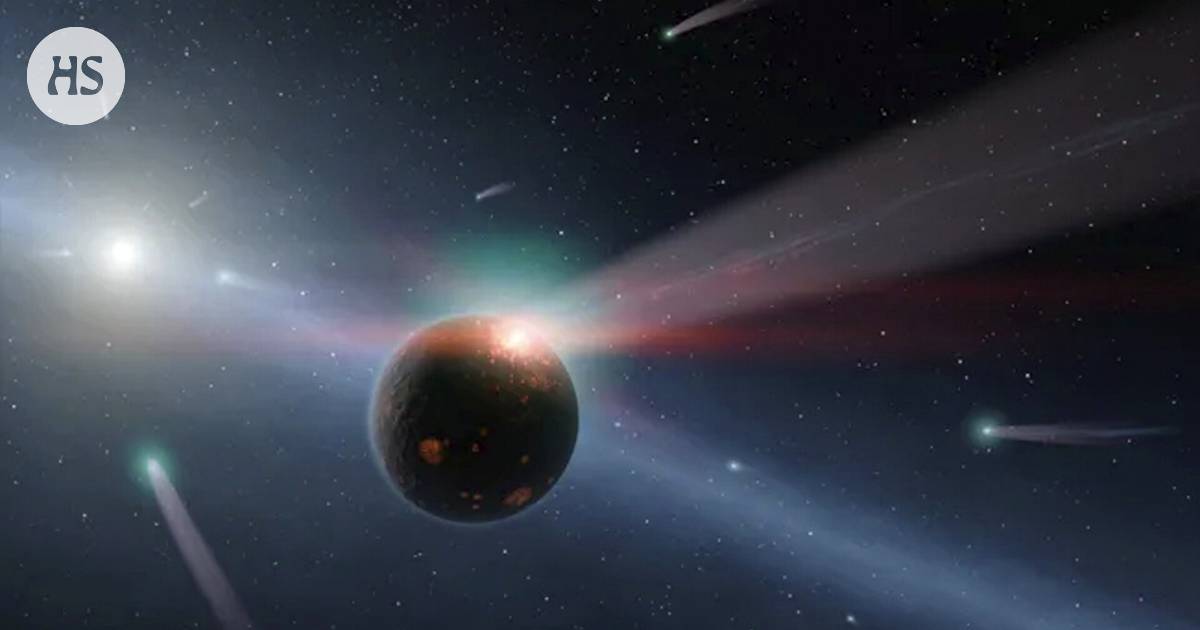Life origin fascinates researchers.
Thousands of exoplanets have been found since the 1990s. The number has increased the enthusiasm to explore possible life outside the Earth.
Almost 6,000 exoplanets, i.e. planets that orbit stars other than the Sun, have already been found, and the number does not stop there.
Astronomers are now looking for ways to look for exolife on planets where it is most likely to exist.
Comet are good candidates that water and other molecules important to life may come from outside the planet. Maybe this is what happened to the Earth at the beginning of time.
Another option is that primitive life began on Earth, for example in warm ponds or in springs with salts. This is how the father figure of evolution presented it Charles Darwin already in the 19th century.
Cantabrigian the researchers of the university’s astronomy institute calculated models for the comet to bring the ingredients of life to the surface of the exoplanet.
The team focused on modeling exoplanets orbiting stars roughly the size of our Sun, says the website Live science.
The models showed that the comet must slow down before it hits the exoplanet’s gas ring. Otherwise, the ingredients may heat up too much in the gas atmosphere. The molecules are destroyed or vaporized.
Modeling showed that certain kinds of comets could deliver the building blocks of life to the planet’s surface as precipitation. Scientists call them bouncing comets.
A comet’s speed slows down where several planets are close together. In such a planetary system, the planets orbit their parent star in a fairly dense cluster.
Cantabrigian researchers now describe close planetary communities with the word “pea pod”. The word describes the fact that the planets, or “peas”, are relatively close to each other.
When a comet hits such an area, it gets into a kind of cosmic pinball.
During balling, the speed of the comet slows down. At the end of the escape, one exoplanet can grab it, says the website Space.com.
Such a comet must travel to the surface of the planet relatively slowly, according to calculations, less than 15 kilometers per second.
Astronomers have shown that certain comets and asteroids contain molecules characteristic of life, such as amino acids and vitamins such as vitamin B3.
In recent decades, more has been learned about the raw materials of life. So-called prebiotic molecules favorable to life have been found on various comets and asteroids, says one of the authors of the study Richard Anslow from the Institute of Astronomy, University of Cambridge.
NASA probe In 2006, Stardust brought a comet from Wild 2 sample that contained glycine, an amino acid, and protein building blocks.
European Space Agency Esa probe Rosetta on the other hand, detected organic molecules in the gas ring of comet 67P/Churyumov–Gerasimenko in the mid-2010s.
Cantabrigian The astronomers’ study was published in the middle of November by the science magazine Proceedings of the Royal Society A.
